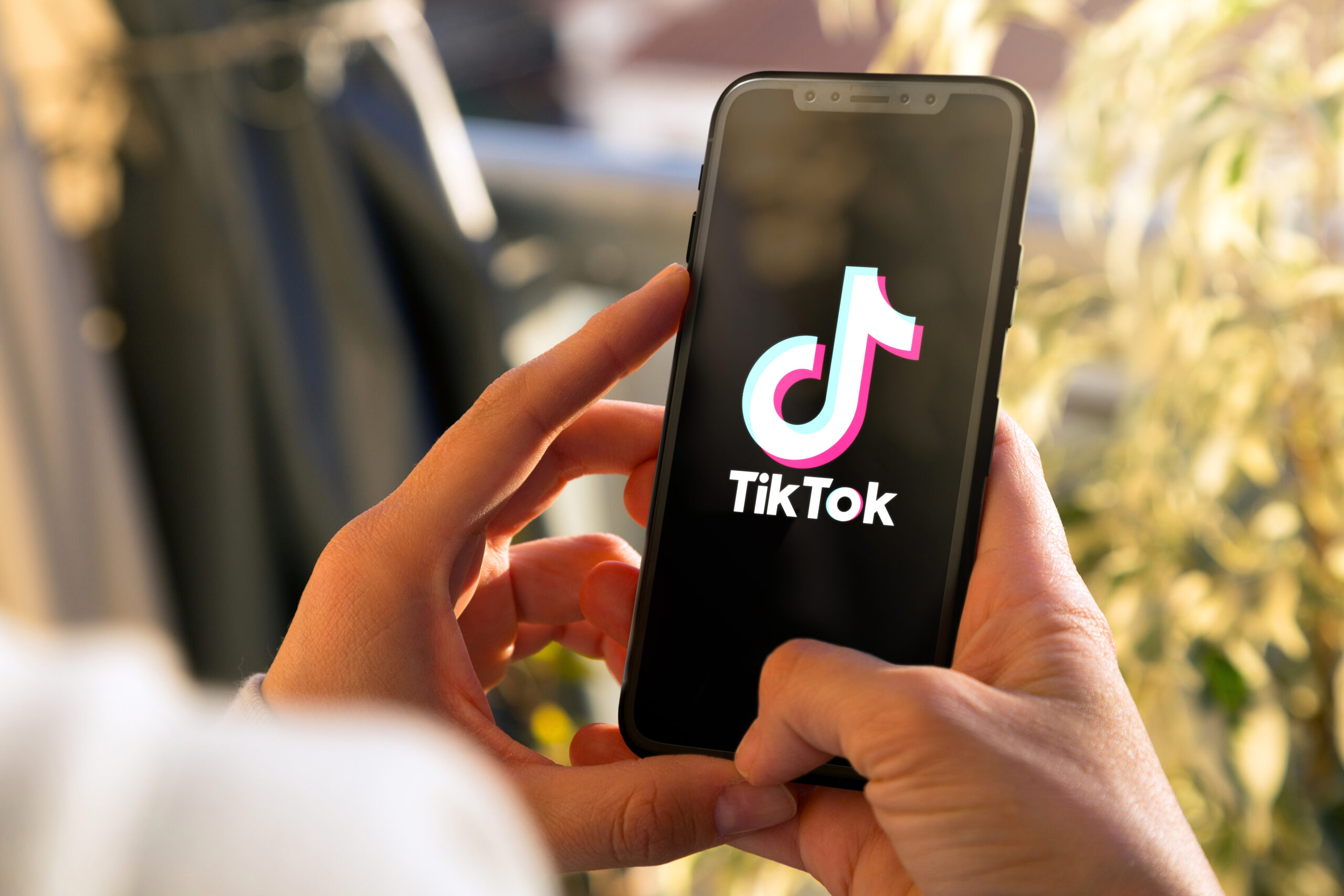The 2017 Formula 1 season ended as it began on Sunday, with Lewis Hamilton, his Mercedes teammate Valtteri Bottas and Sebastien Vettel all on the podium, just as they were eight months ago in Australia at the opening race of the year.
But the dust had barely settled on the track at the Yas Marina circuit in Abu Dhabi as Channel 4’s David Coulthard and Sky Sports’ Martin Brundle were brought on with the trio to mark a significant moment in F1 history.
Following the celebrations on the podium, a video was displayed to the crowd, and fans watching around the world, as the current F1 logo transitioned into a brand new red symbol, marking the start of a new era as the 2018 season was ‘unleashed’ with a new identity.
The old logo, introduced in 1993, was one of the most iconic emblems in the world, not just in the sports industry, but a globally-renowned piece of branding that was both clever and recognisable. Growing up as a child interested in art and design, the logo was something of an inspiration to me as it was one that always stuck in terms of ingenuity.
That’s not to say I’m not a fan of the new offering. It looks more clean and sharp than the previous one, which could be seen as clunky in this new age of simplicity. It is both an homage to the golden age of racing, with a retro feel, whilst having a futuristic edge to it too – representing the high level of tech in the sport and the direction it wants to be moving in.
It is the latest move by new F1 owners, Liberty Media, who have enjoyed a relatively successful debut season in charge after they took the reins from the unpopular duo of Bernie Ecclestone and Max Mosley. This season has literally been one of out with the old, in with new.
My first thoughts, when I saw the new design plastered all over Twitter, were that it reminded me of a Scalextric track piece; coincidentally the first time I ever experienced racing. I’m sure the new owners are hoping that this new identity can attract some fans to experience F1 racing for the first time too.
An image revamp hasn’t hurt the Premier League who announced a new identity and branding in 2016. Whilst the new streamlined appearance came under criticism at first, the branding now looks very slick everywhere you see it, whether it’s on a shirtsleeve, advertising board or online.
Similar distain will no doubt follow Sunday’s unveiling, with Hamilton and Vettel amongst those who have already questioned what was wrong with the previous edition, with the newly crowned champion also hailing it as ‘iconic’. With anything that entails such a big change, especially one steeped in such tradition, it takes time to adjust.
In recent years the governing body has tried to engage with a new fanbase by hosting more fun events at races including pop concerts by the likes of Calvin Harris, Taylor Swift and Ariana Grande. There’s no denying that an F1 race is a prestigious event, with the exclusivity and status that comes with it, and in the age of social media, it is on the verge of becoming ‘cool’ enough to be worth sharing.
The sport also has the characters to attract a younger audience too. Led by the flamboyant Hamilton who constantly strives to be in the limelight off the track as much as he does on it, alongside ‘rebels’ like Max Verstappen and likeable faces such as Daniel Ricciardo. Perhaps under the new regime, these personalities will be encouraged to shine more away from the car.
However, a new logo, no matter how modern, and pop gigs at races may not be enough to turn the heads of potential new fans on their own. The stranglehold on the competition by Mercedes, and less so for Ferrari and Red Bull, means the sport still lacks the unpredictability of old.
But as the new era is unleashed, the forward steps being made by the new owners are finally bringing the most technologically advanced sport in the world up to date with the modern age we live in, and putting F1 back on the right track.






